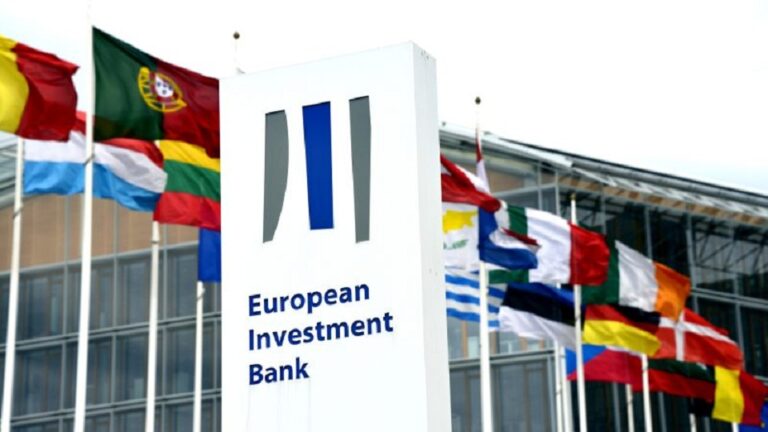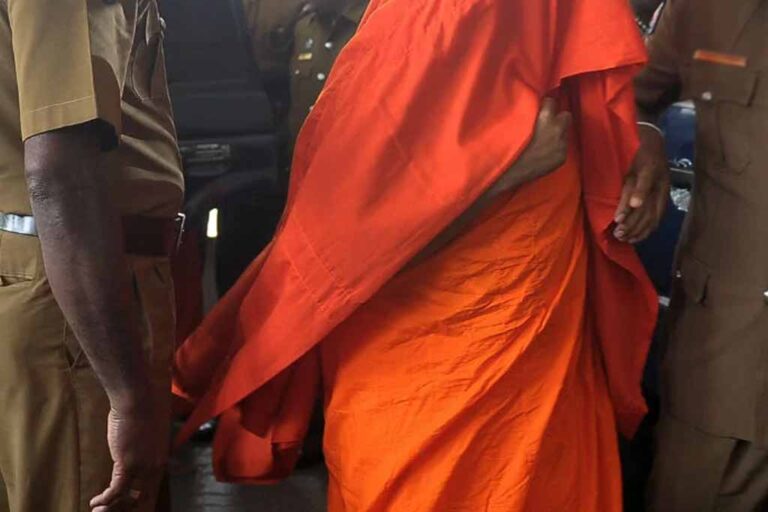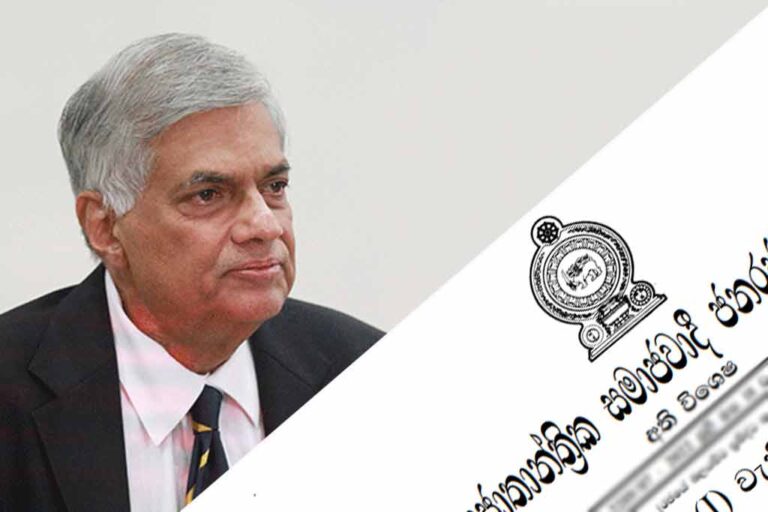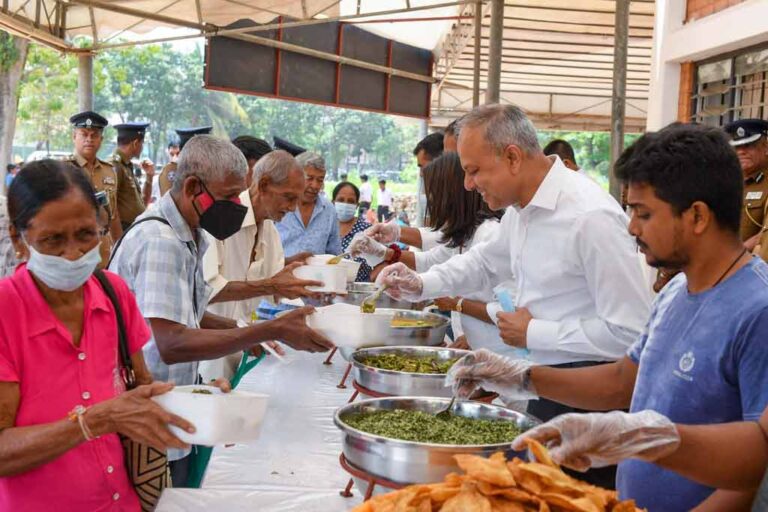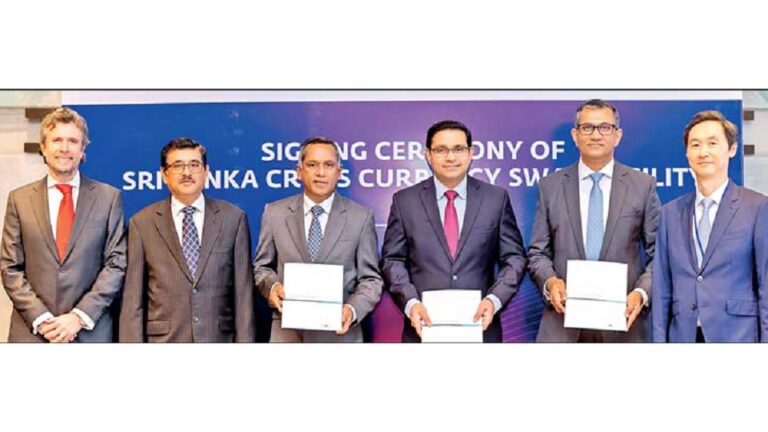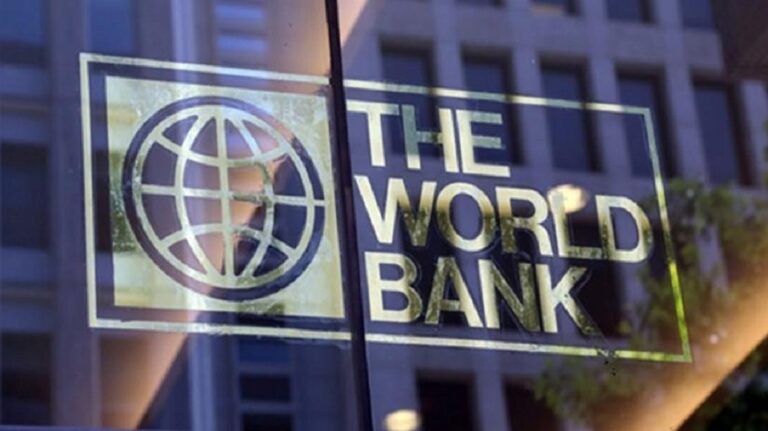The European Investment Bank (EIB) has expressed willingness to continue its financial assistance to Sri Lanka even making new fiscal commitments following the outcome of the country’s effort to gain the US$2.9 billion IMF extended Fund Facility.
The EIB is monitoring the offer made to Sri Lanka by the International Monetary Fund (IMF) as it will depend on the IMF offer to unlock financial assistance of other international financial agencies.
Vice President of the EIB Kris Peeters Peeters NOTED that the EIB was closely monitoring the progress of Sri Lanka’s economic revival, particularly the IMF’s offer of an Extended Fund Facility (EFF) for Sri Lanka.
Mr .Peeters said that the EIB will continue its commitment of Euro 50 million to fund the ongoing Greater Colombo wastewater management project in Sri Lanka.
He added that once the IMF’s Extended Fund Facility (EFF) for Sri Lanka comes into force, the EIB may be able to consider new financial commitments to support green projects in consultation and collaboration with the European Commission.
Kris Peeters, who previously served as the Deputy Prime Minister of Belgium, later joined EU politics before being appointed as the Vice President of the EIB.
Sri Lanka Ambassador to Belgium, Luxembourg, and Head of Mission to the European Union Grace Asirwatham met with Vice President of the European Investment Bank Kris Peeters in Luxembourg.
Senior Loan Officer, Public Sector Operations, Asia and Pacific, in the Global Partners Department of the EIB Francesco Consiglio, and Head of the Office of the Vice President Anouk Hamers were also associated with the meeting.
Ambassador Asirwatham briefed the Vice President of the EIB on the current economic situation in Sri Lanka and the actions being taken by the Government of Sri Lanka, including the engagement with the International Monetary Fund to ride out the crisis.
Ambassador Asirwatham further briefed the Vice President on the vision of the President of Sri Lanka to develop an export-oriented competitive economy, an environmentally friendly green and blue economy, and a digital economy.
Given that the EIB supports a large number of green projects around the world, the Ambassador presented details of Sri Lanka’s ambitious plans to become a green economy by 2050.
She also outlined the various measures proposed in that direction in the preliminary report on the Sri Lanka Climate Prosperity Plan, including Sri Lanka’s commitment to supporting the Paris goals of limiting global warming, decreasing carbon emissions by 2030.
Sri Lanka also plans to become a low-carbon hub, as well as to achieve 70% of renewable energy in electricity production by 2030, among other initiatives.
European Investment Bank waits for IMF offer to unlock aid for Sri Lanka
Three including Buddhist monks accused of aiding escape of underworld member arrested
By: Isuru Parakrama
Colombo (LNW): Two Buddhist monks and a driver accused of aiding the escape of a wanted underworld member during his apprehension by the Katunayake Airport Police were arrested.
The arrestees are Chief Bhikku of Hettipola Rittadeniya Sri Jayalankarama Temple Ven. Poththewala Indrasara Thero, Ven. Divulwewa Deepananda Thero, and K.W.A. Dilan, a resident of Ambewela who served as the driver of the motor vehicle through which the wanted escaped.
The suspects were arrested by the Western Province South Crimes Division in Hettipola area, and a novice of 11 years old residing in the said Temple was referred to the Police for protection.
The escaped underworld member is wanted for his alleged part in a number of crimes including murder and was arrested by the Immigration-Emigration authorities at the Katunayake Airport during his attempt to leave for Dubai under a pseudonym. He was taken into Police custody, but was later released by the interference of the aforementioned two Buddhist monks and the driver.
Extraordinary gazette declaring Port, Airport, Passenger Transport Services essential issued
By: Isuru Parakrama
Colombo (LNW): President Ranil Wickremesinghe has issued an extraordinary gazette declaring a number of services including the Port, the Airport and Passenger Transport Services essential with immediate effect, in the backdrop where many trade unions responding to the aforementioned services are preparing to launch a strike action against several decisions by the RW-led regime tomorrow (01).
These essential services include public transport services for the dispatch, carriage, loading, storage, distribution and unloading of passengers or goods or cargo of food and beverages or coal, oil and fuel from vessels within any port.
Defined for the purposes mentioned in Chapter 235 of the Customs Ordinance, the provision and maintenance of facilities for transport services by road, rail or air, including roads, bridges, culverts, airports, ports and railways have also been declared as essential services with immediate effect.

Sri Lanka Original Narrative Summary: 28/02
- Mass Media Minister & SLPP Economic Guru Bandula Gunawardana says Sri Lanka can’t get loans from any country after announcing bankruptcy: also says the Govt can’t now “print” money as per IMF conditions: however, Central Bank figures show that Rs.31 bn has been “printed” in the week ending 24 Feb’23 & Rs.33 bn in the week before.
- President Ranil Wickremesinghe declares public transport services for food, drink, coal, oil, fuel, etc, and maintenance of transport services by road, rail, air etc, as “essential services” with immediate effect.
- Stock market Investors take “wait-and-see” approach after official comments about IMF loan: IMF loan was originally expected in Dec’22, but now delayed until 2Q23: China calls for relief from World Bank, ADB & IMF which have been insulated from re-structuring so far as “senior creditors” under current resolution frameworks.
- World Bank’s IFC to provide USD 400 mn SWAP of 1 year to Commercial Bank, Nations Trust Bank & Sampath Bank to help facilitate imports of food, medicine & fertilizer that is traded in USD.
- SJB MP Mayantha Dissanayaka says he will resign from the post of Chairman of the Public Finance Committee.
- Energy Minister Kanchana Wijesekara says a decision has not been taken to suspend the National Fuel Pass QR system from 10th April: also says a decision on the system will be taken in consultation with Finance Ministry & other stakeholders in the next few months.
- Human Rights Commission calls for a report from the IGP on the police use of water cannons and tear gas on protesters in the area of Union Place that led to 28 persons sustaining injuries, including one fatality.
- Nivithigala Pradeshiya Sabha candidate of the Jathika Jana Balawegaya, Nimal Amarasiri (61) who was admitted to the National Hospital after sustaining an injury during their protest, passes away.
- Central Bank Trade Unions Alliance says it will join 40 other unions representing professionals, in a strike on 1st March, over the oppressive tax policy: this will be the first time the Central Bank staff have joined a strike after 2006.
- Court of Appeal issues an interim order preventing the implementation of the gazette issued by the Sports Minister, which outlines regulations pertaining to sports bodies, Including Sri Lanka Cricket.
Rainy conditions expected to enhance over the island
By: Isuru Parakrama
Colombo (LNW): Rainy condition is expected to enhance to some extent over the island, and showers will occur at times in Eastern, Uva and North-Central provinces and in Mullaitivu and Matale districts, the Department of Meteorology said in a statement today (28).
Fairly heavy showers above 75mm can be expected at some places in the Eastern and Uva provinces.
Showers or thundershowers will also occur at several places in Western and Sabaragamuwa provinces and in Kandy, Nuwara-Eliya, Galle and Matara districts during the afternoon or night, the Dept noted, adding that fairly heavy showers above 50mm can be expected at some places in the above areas.
Several spells of showers may occur in the Northern Province.
Fairly strong gusty winds of about 40kmph can be expected over Northern, North-Central, Central and North-Western provinces and in Trincomalee and Hambantota districts.
General public is kindly requested to take adequate precautions to minimise damages caused by temporary localised strong winds and lightning during thundershowers.
Marine Weather:
| Condition of Rain: |
| Showers will occur at times in the sea areas off the coast extending from Pottuvil to Kankasanthurai via Batticaloa and Trincomalee. Showers or thundershowers will occur at several places over the sea areas off the coast extending from Colombo to Matara via Galle during the evening or night. |
| Winds: |
| Winds will be north-easterly and wind speed will be (30-40) kmph. Wind speed may increase up to (50-55) kmph at times in the sea areas off the coast extending from Mannar to Colombo via Puttalam and sea areas off the coast extending from Matara to Pottuvil via Hambantota. |
| State of Sea: |
| The sea areas off the coast extending from Mannar to Colombo via Puttalam and sea areas off the coast extending from Matara to Pottuvil via Hambantota will be rough at times. Other sea areas around the island will be fairly rough. Temporarily strong gusty winds and very rough seas can be expected during thundershowers |
Special ‘Community Kitchen’ programme under the patronage of President’s Senior Advisor Sagala Ratnayake
By: Isuru Parakrama
Colombo (LNW): A special ‘Community Kitchen’ initiative aimed at providing a daily nutritious meal to 2,300 individuals including pregnant women and lactating mothers, people with non-communicable diseases, persons with disabilities, and those with low income was organised yesterday (27) at Hunupitiya Gangarama Temple in Colombo, under the patronage of President’s Senior Advisor Sagala Ratnayake.
The event focused five Grama Seva Divisions within the Slave Island Police Division, with Hunupitiya Gangarama Temple serving as the focal point.
During the event, President’s Senior Advisor Ratnayake participated in the serving of food to those who had gathered at the community kitchen.
Hunupitiya Gangarama Viharadhikari Ven. Dr. Kirinde Assaji Thera also graced the occasion.
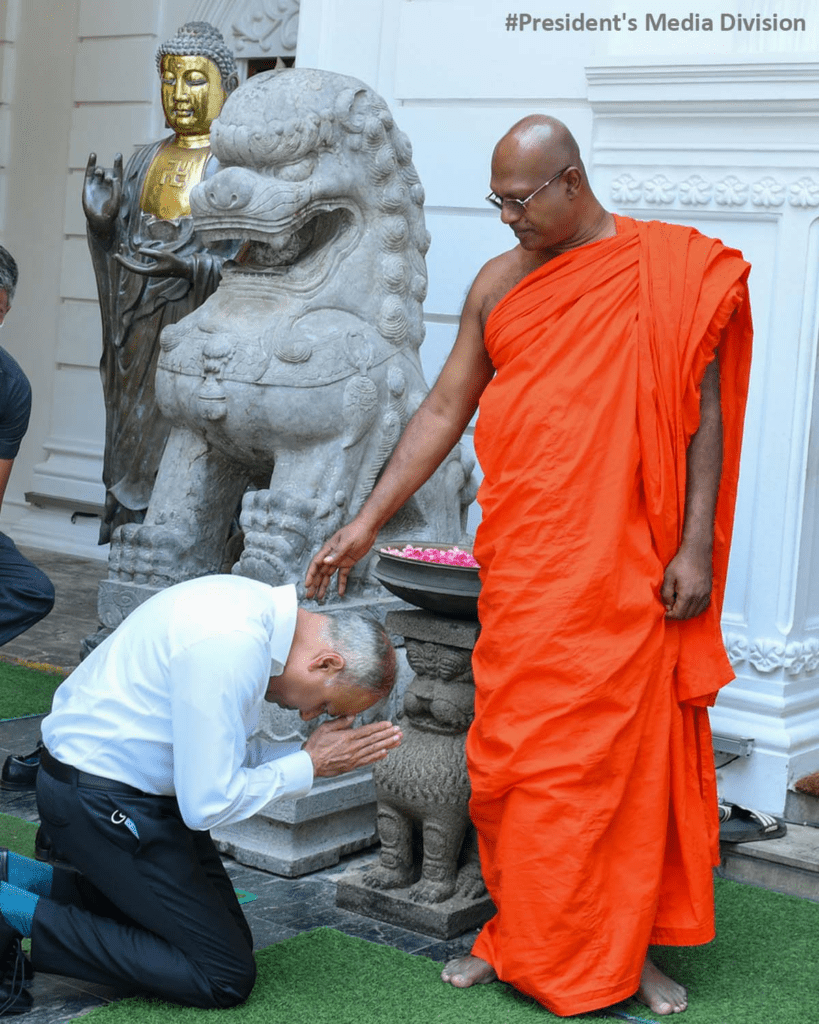
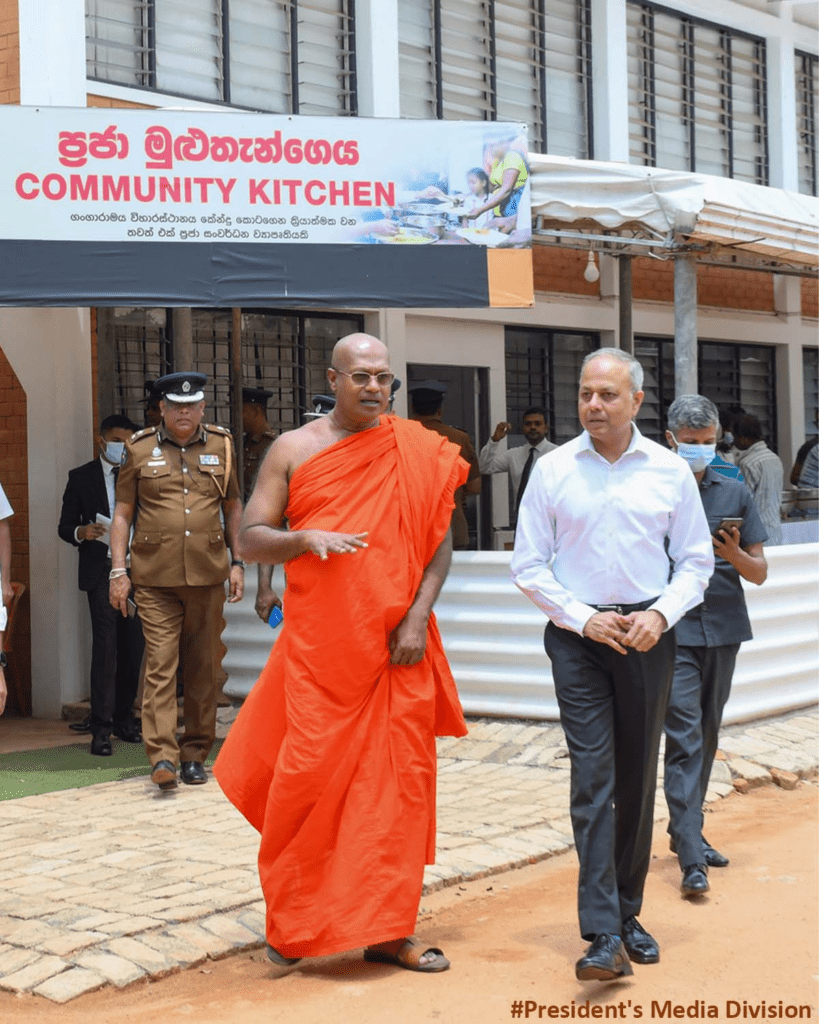
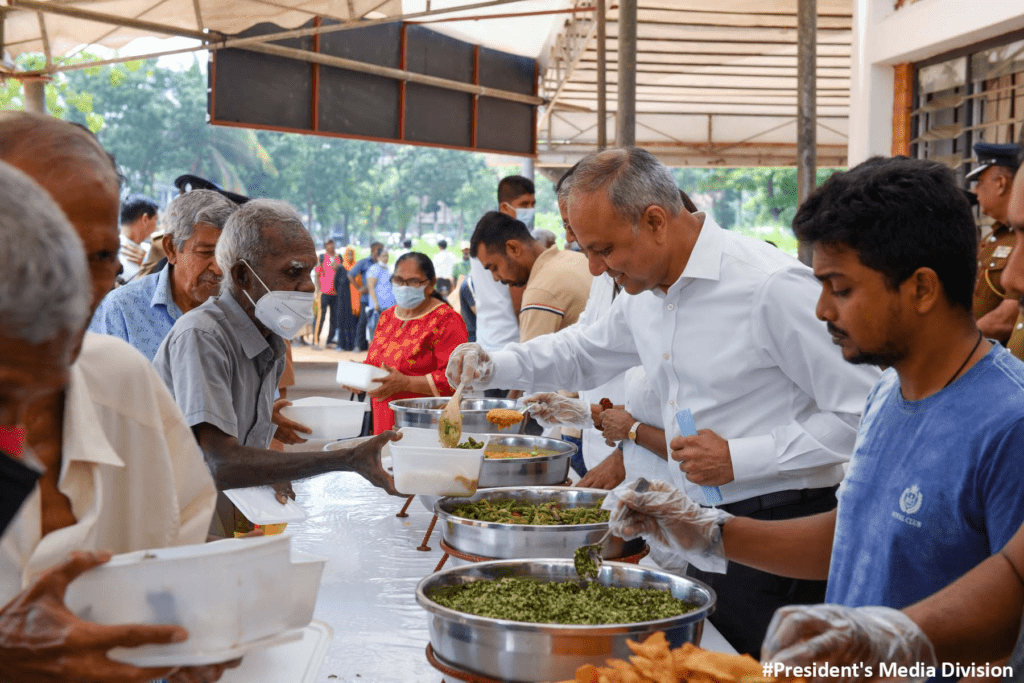

SL receives $ 400 mn IFC boost

- World Bank’s private sector investment arm extends financing of up to $ 400 m through a cross-currency swap facility to three banks Commercial, Sampath and NTB to ensure essential imports – food, medicine, fertilisers
- International Finance Corporation working on further plans to support client banks with other long-term funding and advisory services
To support Sri Lanka amid an ongoing economic crisis, the International Finance Corporation (IFC) is providing a cross-currency swap facility to three of the country’s leading national banks that deal with over 30% of Sri Lanka’s remittances and exports.
It will support the private sector with critical financing, contributing to the country’s urgent need to stabilise the economy.
Sri Lanka has been facing its worst economic crisis in decades. The country’s output is estimated to have fallen by 9.2% in 2022 and drop a further 4.2% in 2023.
To support the country, the IFC facility will provide $ 400 million over one-year to Commercial Bank of Ceylon (CBC), Nations Trust Bank (NTB), and Sampath Bank to help facilitate imports of essential goods – food, medicine, fertilisers – of which are traded in dollars.
The facility will further support the banks financing of exports of goods and services for their clients while allowing them to make USD-denominated debt repayments.
IFC’s Financial Institutions Group for South Asia Portfolio Manager Joon Young Park said: “Sri Lanka’s economy continues to feel the severe dollars funding constraints. IFC’s cross-currency swap facility will provide critical forex liquidity, helping support the private sector and encouraging longer term funding flows to the market.”
“We expect this financing to boost confidence in the investor community, attract fresh capital inflows to support the Sri Lankan economy. We are also working on further plans to support our client banks with other long-term funding and advisory services in the future,” Park added.
This new swap facility follows the reactivation of trade finance lines with IFC partner banks– under the Global Trade Finance Program – in January 2023, which have been cautiously managing their risks in a challenging operating environment. With this facility, CBC and Sampath Bank will now be able to improve access to medium and long-term finance for its clients, helping local businesses sustain operations.
Commercial Bank of Ceylon Managing Director/Chief Executive Officer Sanath Manatunge said: “In our almost 20-year relationship, IFC has engaged extensively with us to help grow our operations, including new opportunities in trade, climate finance, small and medium enterprises, and was also instrumental in establishing our comprehensive women banking portfolio. This new facility will help us deploy our foreign currencies more efficiently, while lowering our foreign currency exposure, resulting in effective risk mitigation.”
Sampath Bank Managing Director Nanda Fernando said: “The facility provided by IFC comes at a juncture where the Sri Lankan economy is facing a challenging time. The transaction will enable Sampath Bank to better manage our foreign currency holding by borrowing at lower rates and manage our foreign currency exposure, while facilitating foreign currency lending to our customers across the whole economy.”
“The transaction will also renew the longstanding relationship with IFC, which was spread across many business areas such as trade, foreign exchange, and financial services. Sampath Bank is also grateful for the trust placed by IFC by continuing to engage as a major business partner in Sri Lanka and is confident that this will lead to a long and fruitful relationship,” added Fernando.
Nations Trust Bank Chief Executive Officer Hemantha Gunetilleke said: “IFC’s support through the cross-currency swap facility is timely, given the liquidity stress faced by the industry and the overall economy. This transaction will strengthen our hand in our efforts to increase foreign currency lending to our key client groups and thereby support economic revival across key industry sectors. “By arranging this facility, IFC is providing a few selected banks including Nations Trust Bank, an additional avenue to manage liquidity risks which we believe is a positive signal for Sri Lanka at this current juncture.”
“This transaction is also a testament to the long-standing relationship between IFC and Nations Trust Bank that spans over 20 years and we are thankful to IFC for its continued confidence in our Bank as a key banking sector partner in Sri Lanka,” added Gunetilleke.
This facility is aligned with IFC’s work in Sri Lanka over the past five decades. This includes IFC’s strong countercyclical role in Sri Lanka during the COVID-pandemic, where IFC invested over $ 830 million, providing much needed long-term capital and trade financing to help sustain businesses and preserve jobs.
Source: DailyFT
WB’s IFC to provide Sri Lanka with $400 mn financing
COLOMBO, Feb 27 (Reuters) – The International Finance Corporation (IFC), the World Bank’s investment arm, said it will provide Sri Lanka a $400 million cross-currency swap facility to help fund essential imports.
Three private banks, which together deal with over 30% of Sri Lanka’s remittances and exports, will receive the facility to fund essential imports, including medicine, food and fertiliser, the IFC said in a statement on Monday.
The funds will provide a much needed foreign exchange cushion for Sri Lanka, which is grappling with its worst financial crisis in over seven decades partly triggered by a severe shortage of dollars.
The island nation’s economy is estimated to have contracted by 9.2% in 2022 and is expected to shrink a further 4.2% in 2023, according to World Bank data.
“We expect this financing to boost confidence in the investor community, attract fresh capital inflows to support the Sri Lankan economy,” said Joon Young Park, IFC’s Portfolio Manager, Financial Institutions Group for South Asia.
IFC is also working on further plans to support client banks with other long-term funding and advisory services in the future, the statement added.
Sri Lanka signed a preliminary agreement with the International Monetary Fund (IMF) for a $2.9 billion bailout last September but has to put its debt on a sustainable repayment track before the funds can be disbursed.
Source: The Reuters
Power and Energy Minister responds to speculations on suspending QR Code System
By: Isuru Parakrama
Colombo (LNW): Power and Energy Minister Kanchana Wijesekara said no decision was taken to suspend the National Fuel Pass ‘QR Code’ system from April 10, as speculated by certain media reports.
In a tweet, Wijesekara emphasised that the NFP data will be analysed to gradually increase the quotas allocated, adding that decisions on the system will be taken in consultation with the Ministry of Finance and other stakeholders in the next few months.
62 including IUSF Convener Mudalige granted bail
By: Isuru Parakrama
Colombo (LNW): 62 persons including Convener of the Inter-University Students’ Federation (IUSF) Wasantha Mudalige who were arrested over the allegation of breaching the Education Ministry premises in Isurupaya have been granted bail.
This was when the suspects were produced before the Kaduwela Magistrate Court today (27).
The case will be taken up again on May 30.

